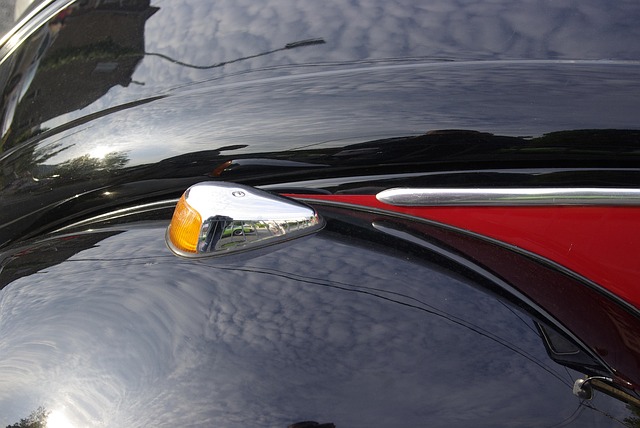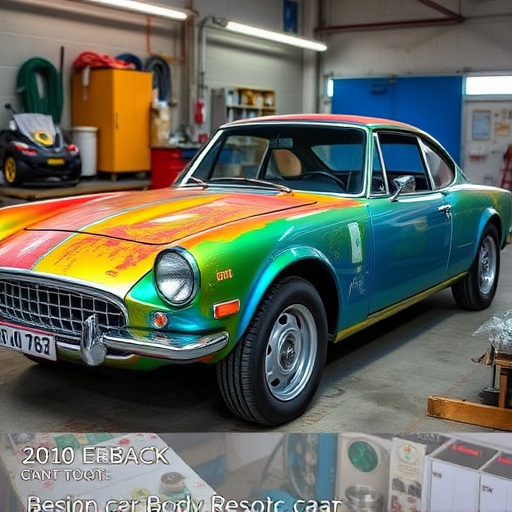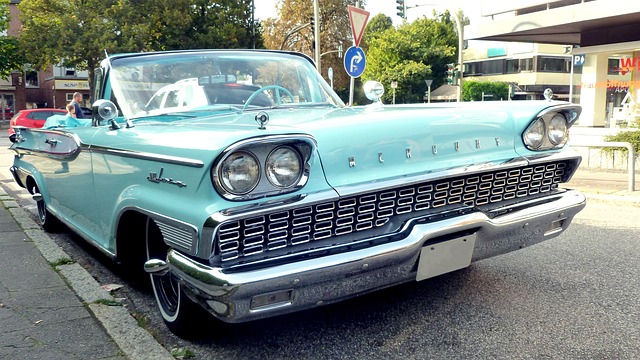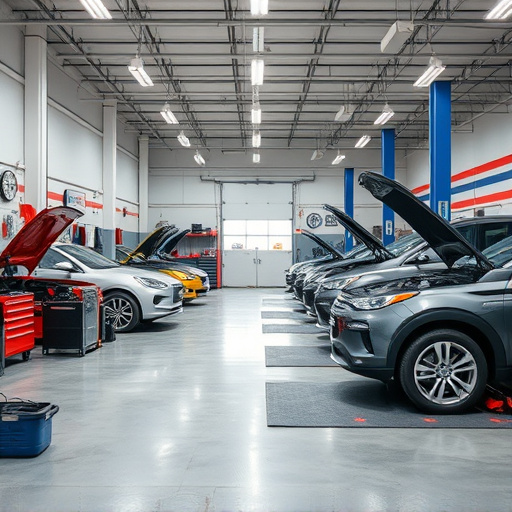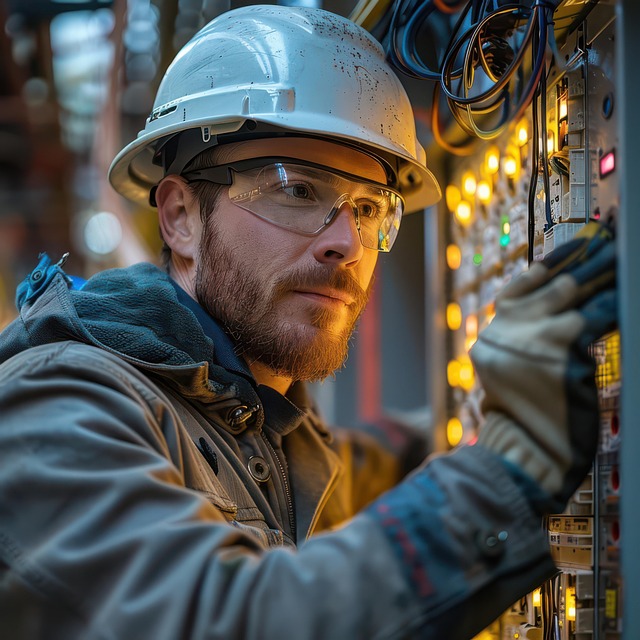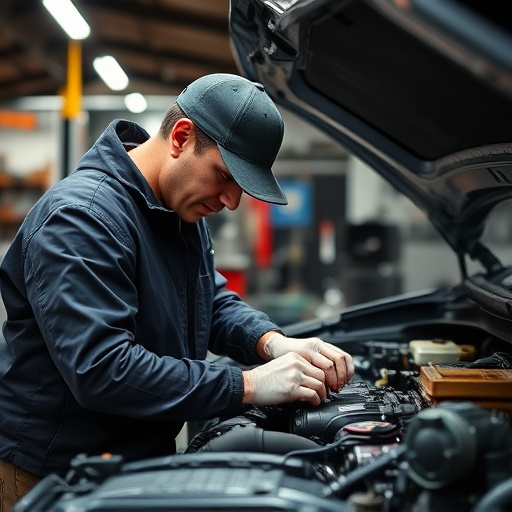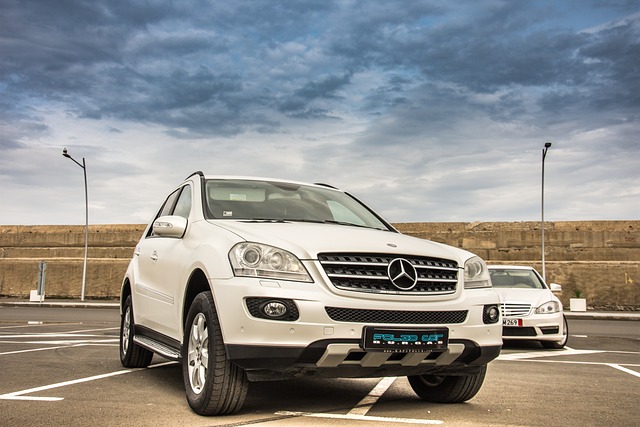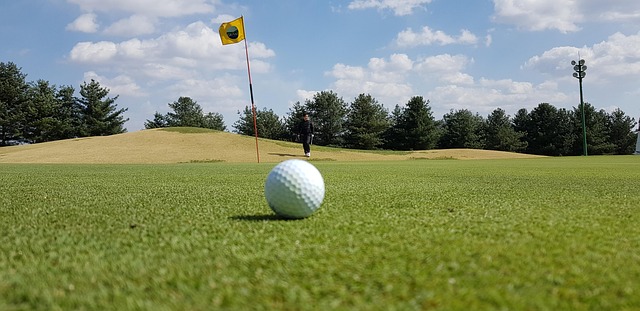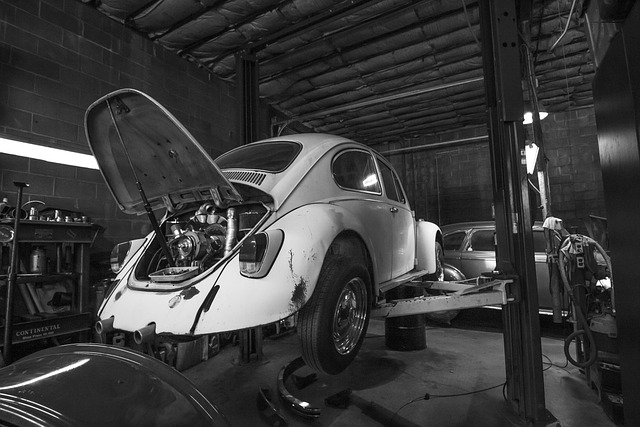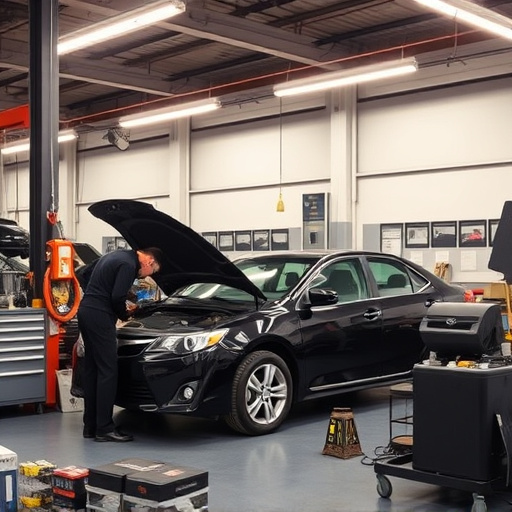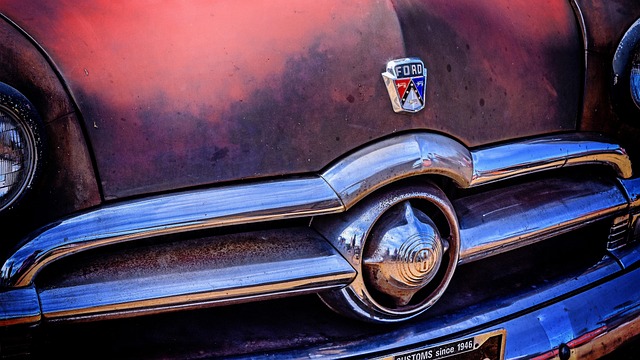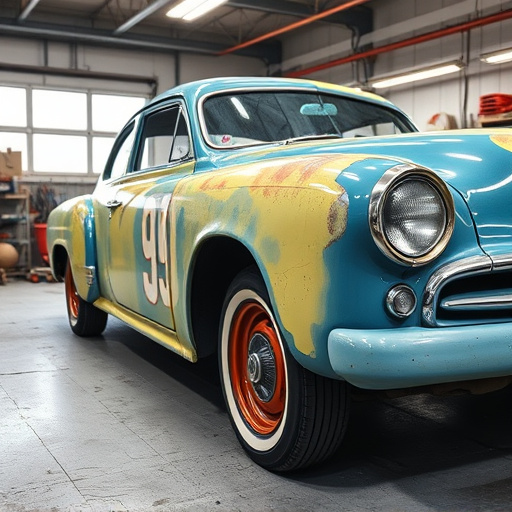Auto Body Frame Repair is a meticulous process that restores a vehicle's structural integrity after damage, involving assessment, disassembly (if needed), precise measurement & adjustment, strategic welding techniques like flux-core and MIG for strong bonds, and reinforcement with materials like high-strength steels and composites. The ultimate goal is to return the frame to original specifications while enhancing safety, soundness, and longevity, meeting modern transportation standards for improved vehicle performance.
In the realm of auto body frame repair, a solid understanding of welding and reinforcement techniques is paramount for ensuring structural integrity and vehicle safety. This comprehensive guide delves into the core aspects of auto body frame repair, exploring essential welding techniques and effective reinforcement methods. By mastering these skills, technicians can deliver robust, long-lasting repairs that meet the highest standards of quality and safety in today’s automotive industry. Discover how these processes work together to transform damaged frames into sturdy, road-ready structures.
- Understanding Auto Body Frame Repair: The Basics
- Welding Techniques for Frame Repair: Strengthening the Structure
- Reinforcement Methods: Ensuring Longevity and Safety After Welding
Understanding Auto Body Frame Repair: The Basics

Auto Body Frame Repair is a meticulous process that involves restoring structural integrity to a vehicle’s frame after damage or deformation. This intricate art combines welding and reinforcement techniques to realign and secure various components, ensuring the car’s safety and structural soundness. At its core, it’s about getting the frame back to its original specifications, which is crucial for the overall condition of the vehicle.
The basics start with assessing the damage, followed by disassembling affected parts if necessary. Skilled technicians then use specialized tools and machinery to measure and adjust the frame, aligning it precisely according to the manufacturer’s standards. Welding plays a pivotal role here, as it involves fusing metal components together with high-heat arcs, creating strong bonds that surpass the strength of the original material. Reinforcement materials like steel braces or plates are strategically added to strengthen weak spots, further enhancing the car body repair’s durability and longevity.
Welding Techniques for Frame Repair: Strengthening the Structure

In auto body frame repair, welding techniques play a pivotal role in strengthening and restoring the structural integrity of damaged vehicles. The most common methods include flux-core welding and metal inert gas (MIG) welding. Flux-core welding is often the go-to choice for auto body frame repair due to its versatility and efficiency. This technique allows for fast, continuous welds, making it ideal for repairing twisted or misaligned metal in the frame. Moreover, it produces minimal heat input, reducing the risk of warping or damaging surrounding components.
MIG welding, on the other hand, offers greater precision and control over the weld pool, making it suitable for more intricate repairs. It’s particularly effective in joining different metals commonly found in modern automobiles. The use of inert gases like argon or helium also shields the weld area from oxygen, preventing oxidation and ensuring cleaner, stronger joints. Together, these welding techniques enable auto body technicians to meticulously mend damaged frames, ensuring vehicles are structurally sound and safe for the road—a crucial aspect of bumper repair and overall auto bodywork.
Reinforcement Methods: Ensuring Longevity and Safety After Welding
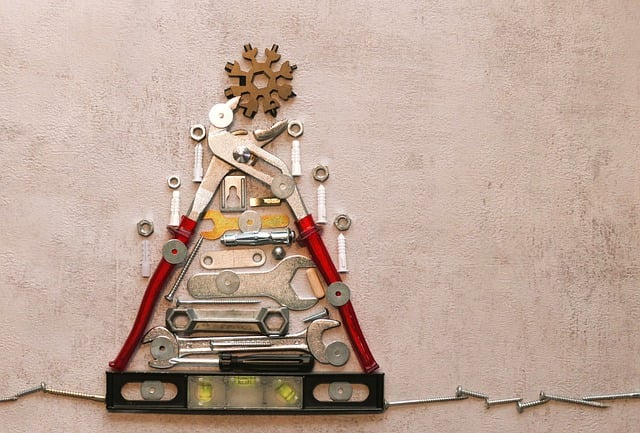
In auto body frame repair, reinforcement methods play a pivotal role in ensuring the longevity and safety of vehicles after welding. After the initial repair process involving welding to fix damaged vehicle bodywork, reinforcing structures like crumple zones, cross members, and bracket mounts becomes critical. These reinforcements are designed to absorb impact energy during collisions, enhancing crash safety while preserving structural integrity.
Modern vehicle body shops employ various reinforcement techniques, such as high-strength steels, advanced composite materials, and strategic welding patterns, to bolster the auto body frame. By integrating these reinforced components, vehicle body repair professionals not only restore the structural soundness of damaged vehicles but also improve overall safety performance, aligning with modern transportation standards.
Auto body frame repair is a meticulous process that combines welding and reinforcement techniques to restore structural integrity in damaged vehicles. By understanding the fundamentals, mastering advanced welding methods, and employing effective reinforcement strategies, professionals can ensure that repaired cars meet safety standards and deliver long-lasting performance. These techniques are essential components of auto body frame repair, enabling vehicle recyclability and contributing to safer driving experiences.
